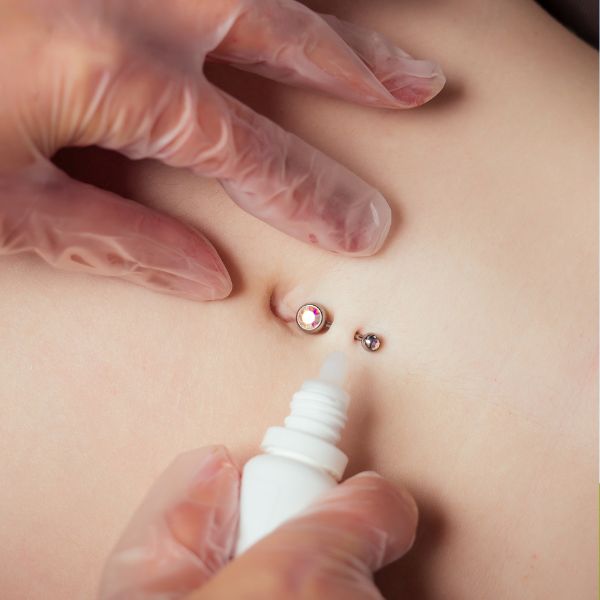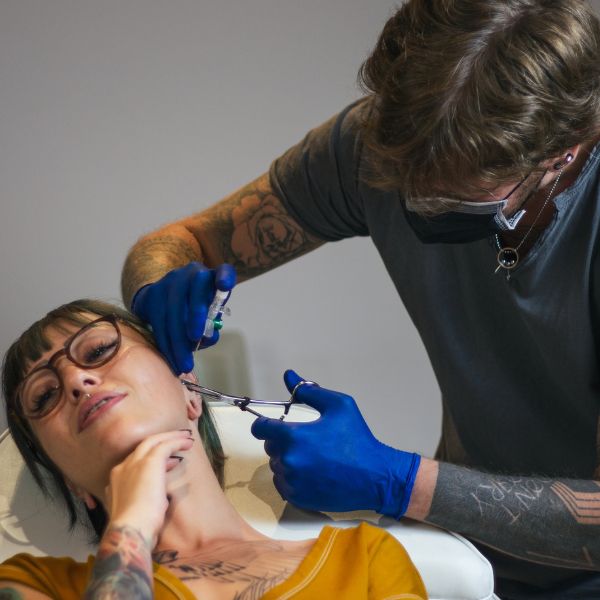Body piercing is an ancient form of body modification that has evolved into a diverse and expressive art form. For professionals, it is essential to master a range of techniques, styles, and safety protocols to ensure a satisfying and safe experience for clients. This blog article explores the art of body piercing, including various piercing techniques and styles, as well as the crucial safety measures professionals must adhere to.
Piercing Techniques
Body piercing techniques have developed over the years to accommodate various styles and preferences. Professionals should be skilled in the following methods:
- Freehand Piercing: This traditional technique involves using a needle to create a hole without a receiving tube. It requires precision and experience.
- Clamp-Assisted Piercing: Many professionals use clamps to hold the tissue in place and guide the needle through the skin. This technique ensures accuracy and stability.
- Cannula Piercing: In this method, a hollow needle (cannula) is used to create the hole and simultaneously insert the jewelry. This technique reduces trauma and helps prevent infection.
Popular Piercing Styles
There is a wide variety of body piercing styles that professionals can offer their clients. Some of the most popular include:
- Ear Piercings: From standard lobe piercings to more intricate helix, conch, and industrial piercings, ear piercings offer versatility and customization.
- Nose Piercings: Nostril and septum piercings are common and can be customized with different jewelry types.
- Oral Piercings: This category includes tongue, lip, and cheek piercings, which require careful placement and healing considerations.
- Navel Piercings: Belly button piercings are a classic choice and can be adorned with various types of jewelry.
- Dermal Anchors: These are single-point piercings placed anywhere on the body, offering unique and creative possibilities.
- Surface Piercings: Surface piercings, such as the nape or wrist, are placed parallel to the skin surface and require careful aftercare.
Safety Protocols for Professionals
Safety is paramount in body piercing to prevent complications and ensure client satisfaction. Professionals must follow these essential protocols:
- Sterilization: All equipment, including needles and jewelry, must be sterilized using an autoclave. Work surfaces and chairs should be disinfected between clients.
- Single-Use Equipment: Professionals should use disposable, single-use needles and gloves for each piercing to prevent cross-contamination.
- Informed Consent: Clients should be fully informed about the piercing procedure, potential risks, and aftercare instructions. Written consent is recommended.
- Aftercare Education: Providing clients with comprehensive aftercare instructions is essential for proper healing and infection prevention.
- Hygiene: Professionals must maintain high levels of personal hygiene and wear appropriate personal protective equipment (PPE) during procedures.
- Training and Certification: Professionals should undergo proper training and certification from recognized organizations to ensure they are up to date with the latest practices and safety standards.
Conclusion
The art of body piercing is a blend of creativity, technical skill, and rigorous safety standards. By mastering different techniques and styles, and adhering to strict safety protocols, professionals can provide clients with beautiful, safe, and satisfying body piercings. As the popularity of body modification continues to grow, professionals must stay informed and continuously improve their skills to offer the best possible experience to their clients.





